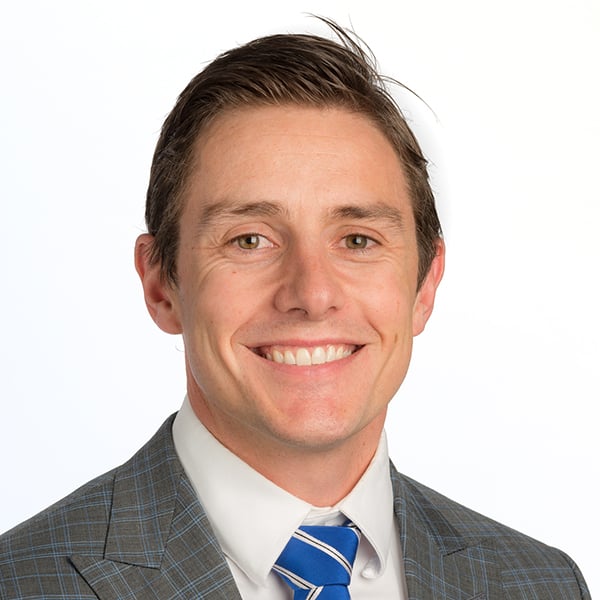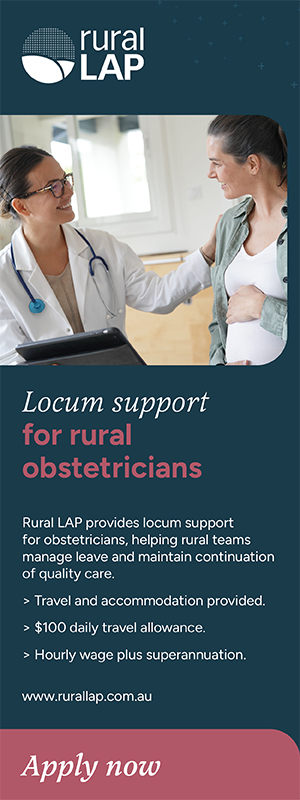In 2017, Dr Tom Cade was awarded RANZCOG’s Luke Proposch Perinatal Research Scholarship to study the impact of new criteria for the diagnosis of gestational diabetes (GDM). In this interview, we delve deeper into his findings and experience as a researcher.

Dr Tom Cade
Tom, why were you interested in researching gestational diabetes?
To be honest it was a bit incidental. I was a generalist, but when I started my doctorate I became more interested in gestational diabetes’ diagnostic criteria. As I familiarised myself with the new criteria, I realised many more women would be diagnosed, and became interested in finding the impact that would have both on hospitals (in terms of how many patients they would have) and on how women felt during their pregnancy. The scholarship enabled me to pull back from clinical practice and really dedicate my time to data collection and analysis; an important thing when you’re handling big data and researching health economics.
Can you tell us more about your research?
In 2014, GDM underwent a more liberal diagnostic update, which has been adopted in Australia, but not universally accepted internationally. We compared women and babies diagnosed with GDM in 2014 (under the original criteria) with those diagnosed in 2016 (under the updated criteria) and assessed any improvements in outcomes, attributed costs to the increased incidence and assessed any overall economic benefit.
We found that there was an increase in annual incidence for GDM from 6.0% to 10.4% with gross costs of care increasing by approximately $900 000 and nett costs of care by approximately $560 000. However, in terms of health outcomes, there was a small hospital-wide reduction in very large babies (>95% for birth weight but not >90%), with no other significant differences between 2014 and 2016.
This led us to conclude that while women with GDM remain a higher risk cohort than those without GDM, those controlled by dietary measures alone have similar outcomes to women without GDM. So the change in criteria did not reveal a cost-saving in the short-term. The new criteria may lead to long-term improvements in health of the mother and/or baby that are cost-effective, but further research is required to substantiate this possibility. In the meantime, we think there should be streams that categorise patients with GDM into high risk, medium risk, and low risk so that we can manage each case accordingly.
Why are these findings important?
Research is key to inform clinical practice. In the case of GDM, it is a very topical area, but it can have a big stigma associated to it. When you tell a patient she has diabetes, they often interpret that as a bad and dangerous thing. So while I believe it is important to diagnose and manage GDM, making sure that we’re not overly medicalising a lower-risk group is important to ensure our patients’ wellbeing.
In addition, I don’t think enough thought was given to the burden the changes could have on the public sector. In some areas, we’re diagnosing twice the amount of women with GDM than we did with the previous criteria – how can hospitals cope with the change happening overnight? We recently analysed the difference between our proposed models of care for women with GDM versus the model currently in place, and it revealed an excess spend of $1.25 million per year. This money could be redirected to other important areas of diabetes care.
What’s next?
I’ve now finished my Doctorate. I hope to publish my research findings and finish a Master’s in Statistics. After that, I hope to use this knowledge to propose and examine lower-risk economic models of care. Hopefully, I can follow them prospectively and note their outcomes in regional centres so that we can improve women’s health outcomes in the long run.
About Tom Cade
Dr Tom Cade is currently Head of Diabetes at the Royal Women’s Hospital. He has a private practice in Fitzroy and is increasingly interested in economic and outcome modelling in regional and lower-resource areas. Outside of medicine, he is married with two young daughters, is an organist at St Mark’s Anglican Church Camberwell and Holy Trinity Anglican Church Kew and holds a blue belt in Brazilian Jiujitsu. To learn more about his research, click here.
To learn more about RANZCOG’s Women’s Health Foundation scholarship opportunities, click here.



